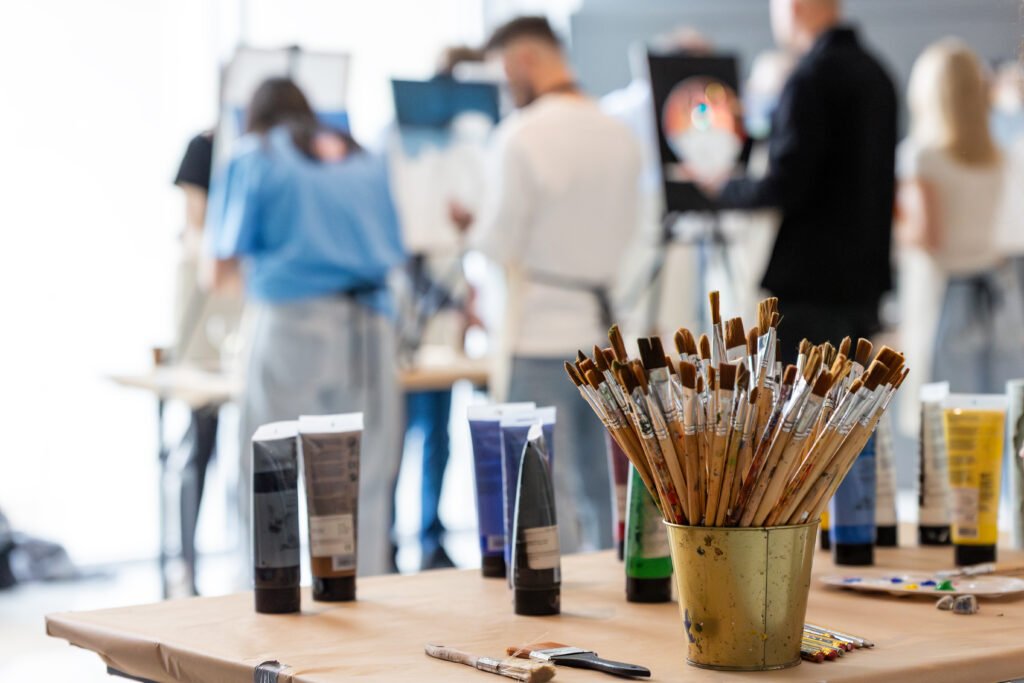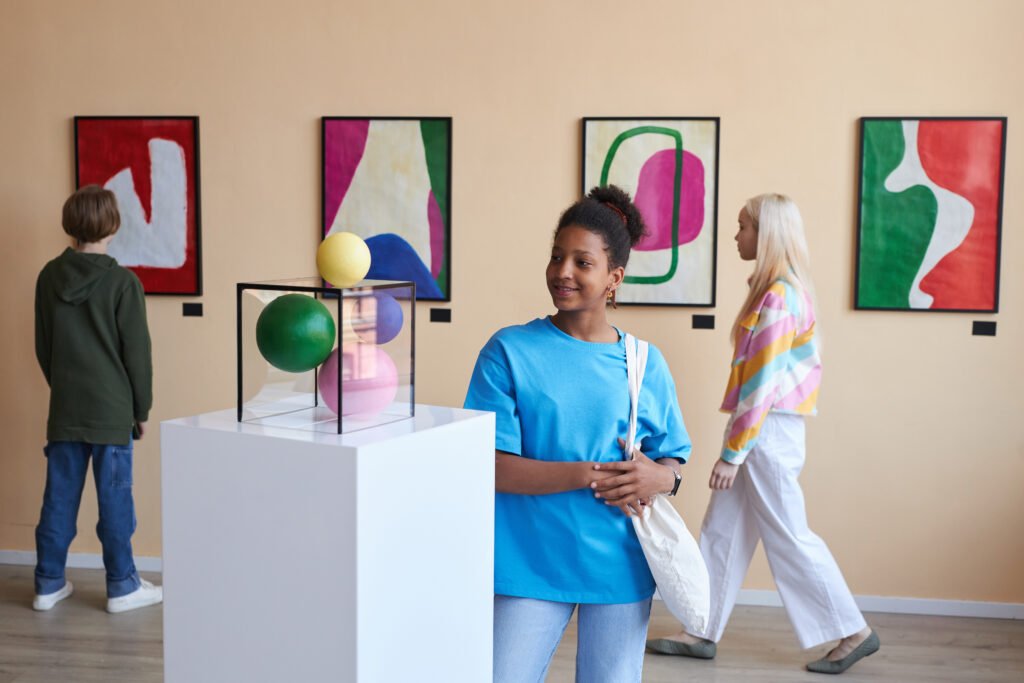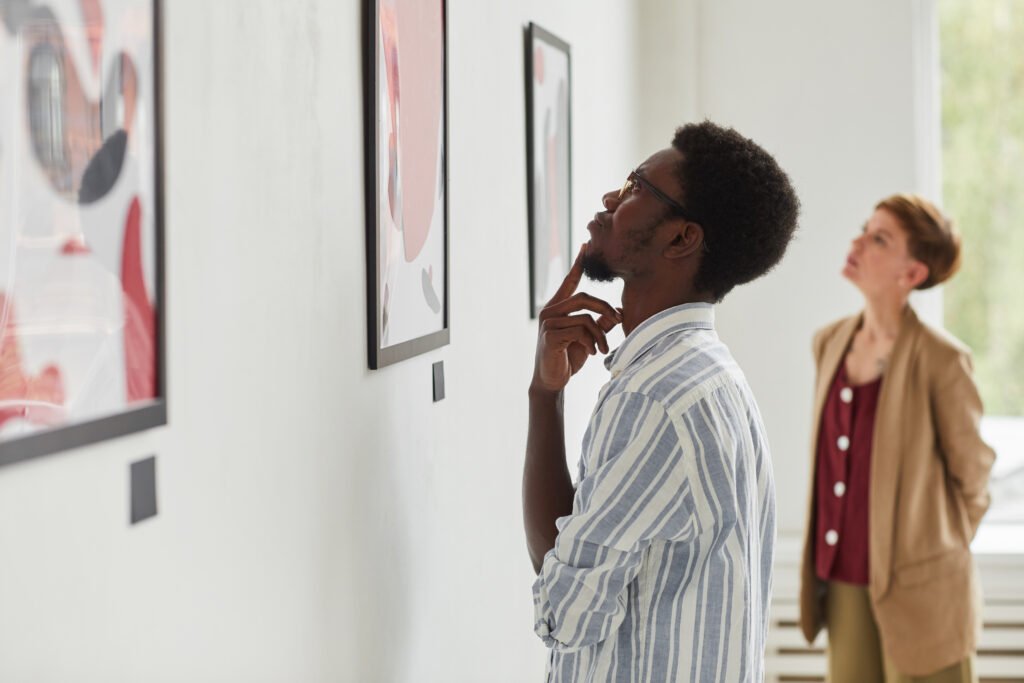In recent years, the art market has shifted from being merely a cultural expression to a sophisticated strategy for value preservation. Amid economic uncertainty and volatility in other sectors, many now view art as a form of stability — and more than that, as an investment with soul.
This movement isn’t entirely new, but it has intensified with global economic crises and the search for alternative assets. Additionally, the rise of platforms to buy art online and the growth of digital art have expanded the sector’s reach, attracting everyone from traditional collectors to young, innovation-driven investors.
Art as Symbolic (and Strategic) Heritage
According to the Art Market 2023 report by Art Basel and UBS Bank, published in 2023, the global art market surpassed 65 billion dollars, with a strong focus on contemporary and abstract art. This growth reflects not only aesthetic interest but also the perception of art as a durable asset with low volatility and long-term appreciation potential.

Another key data point comes from Maastricht University, which analyzed over one million auction transactions across five decades. The study The Financial Performance of Art Investments, published in 2022, found that the average annual return in the art market was 7.6%, outperforming many traditional investment benchmarks.
Beyond numbers, however, lies the subjective factor that makes art especially valuable for those who seek to buy art intelligently: its emotional connection. Abstract works, in particular, allow buyers to interpret and project their own feelings, becoming powerful elements in abstract art décor. This symbolic value, combined with the uniqueness of each piece, reinforces art’s role as both a safe and soulful refuge in an unpredictable world.
Where and How to Buy: New Paths in the Art Market
The art sector has transformed digitally. The best places to buy art have changed. They are no longer limited to auction houses. Online galleries and digital fairs offer access. So do specialized marketplaces. They feature works by emerging and established artists. They also offer professional curation and certification. This democratization has fueled abstract art sales. This is especially true for homes and corporate spaces.
The Online Art Trade Report by Hiscox says this. It was published in 2022. Over 80% of online art buyers will continue. They will keep purchasing this way in coming years. This shift in consumer behavior is reshaping how art is sold. Some seek to buy abstract art. They want it as an expressive and secure asset. For them, the options are diverse and accessible.
Books like Seven Days in the Art World reinforce this. The book is by Sarah Thornton (2008). It shows how a work’s value is shaped. It is shaped by social factors and narratives. The influence of market agents is also key. The art universe was once closed and elitist. Now, it is opening up. It is open to those who want to invest. They can invest in culture, aesthetics, and meaning.



